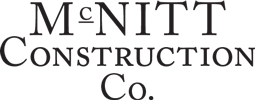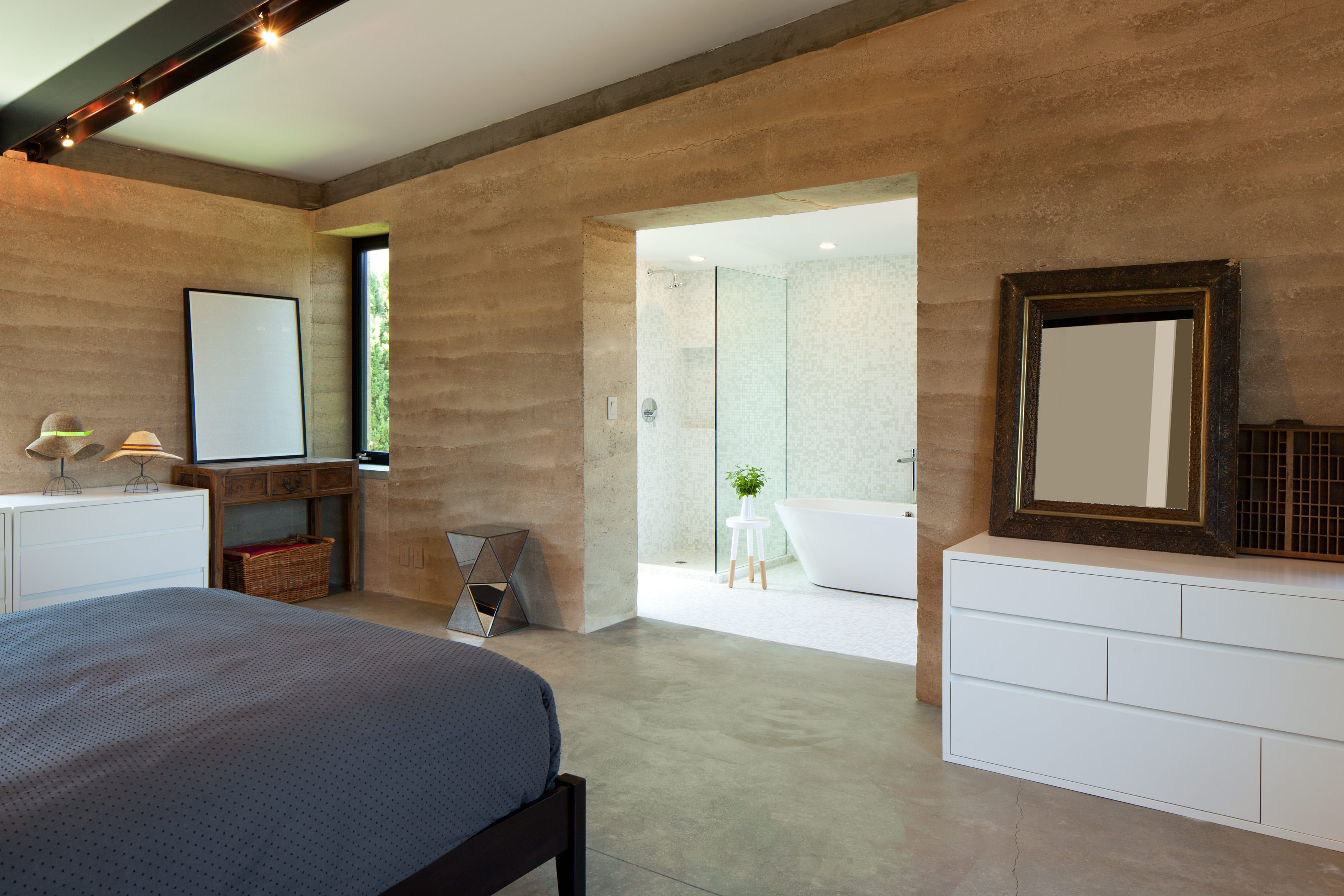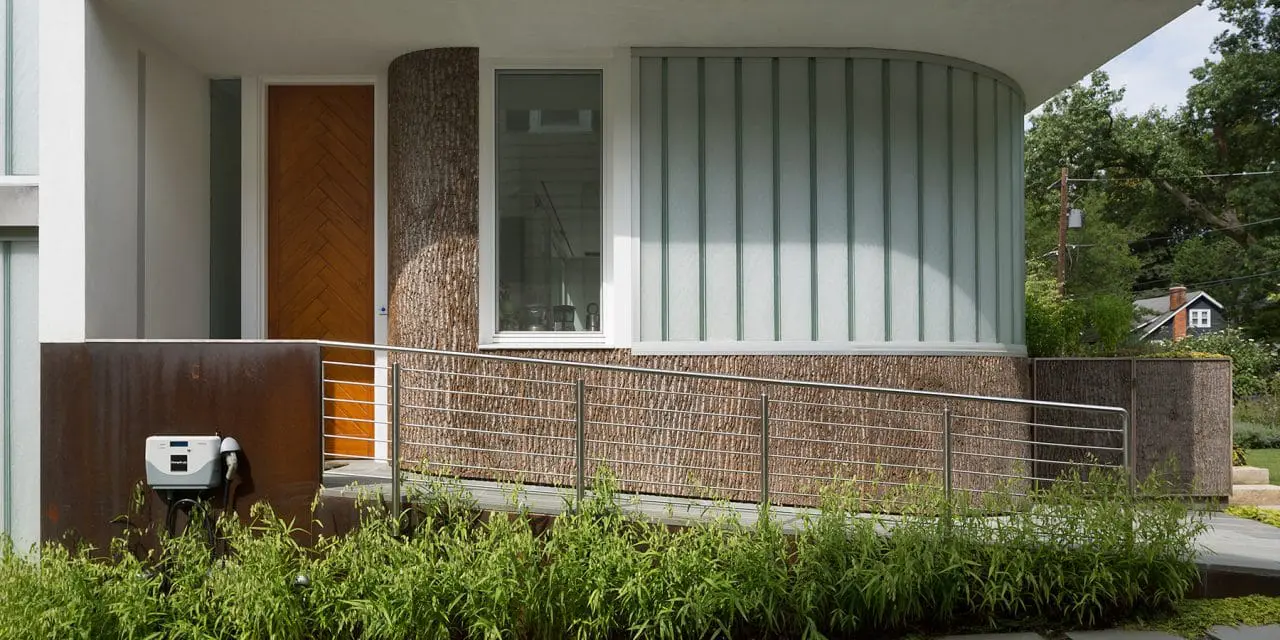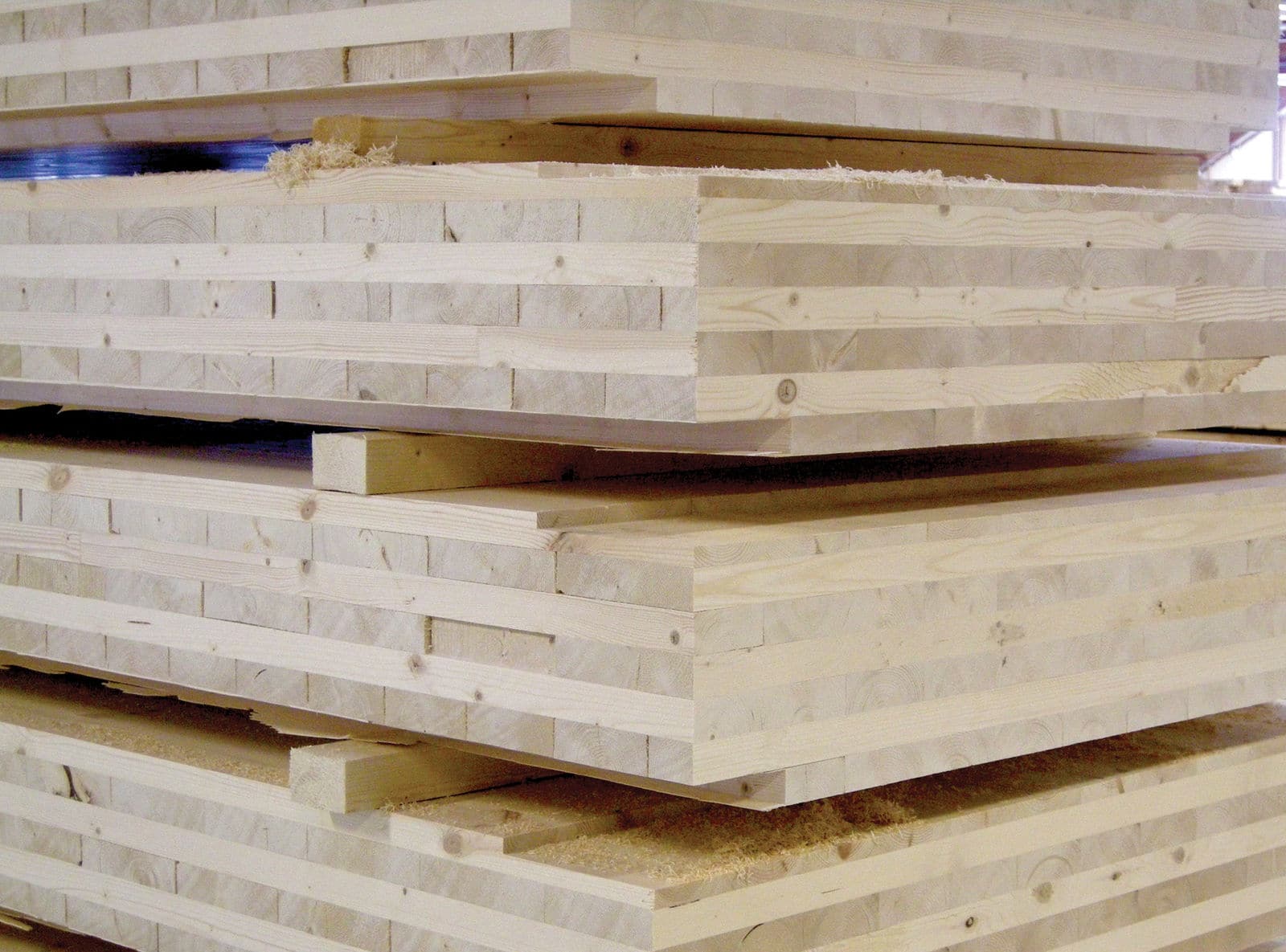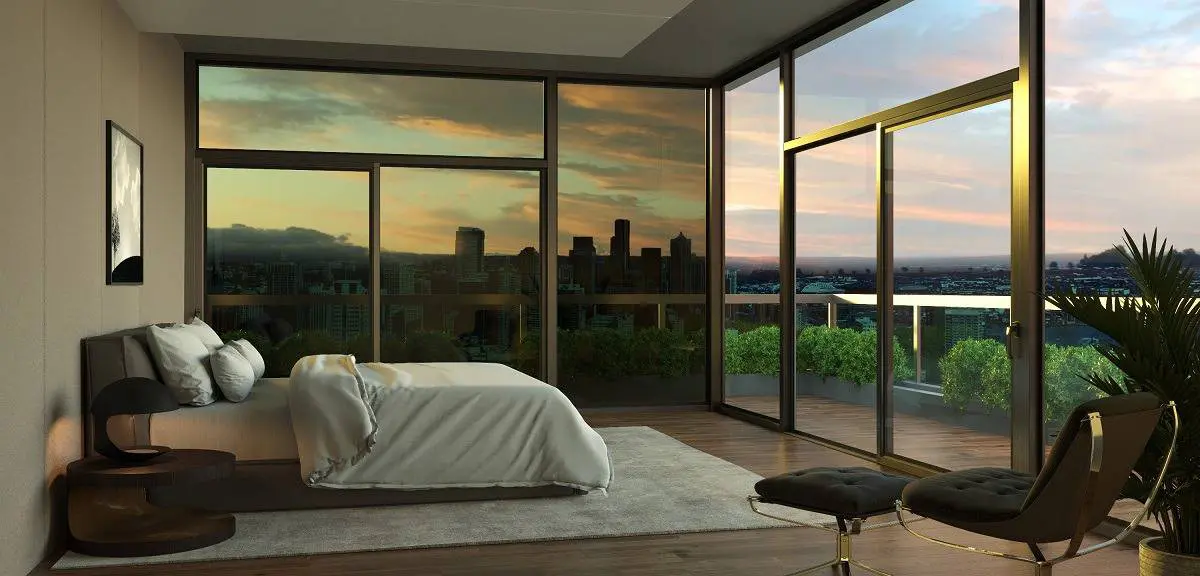
10 Eco Building Materials Revolutionizing Home Construction
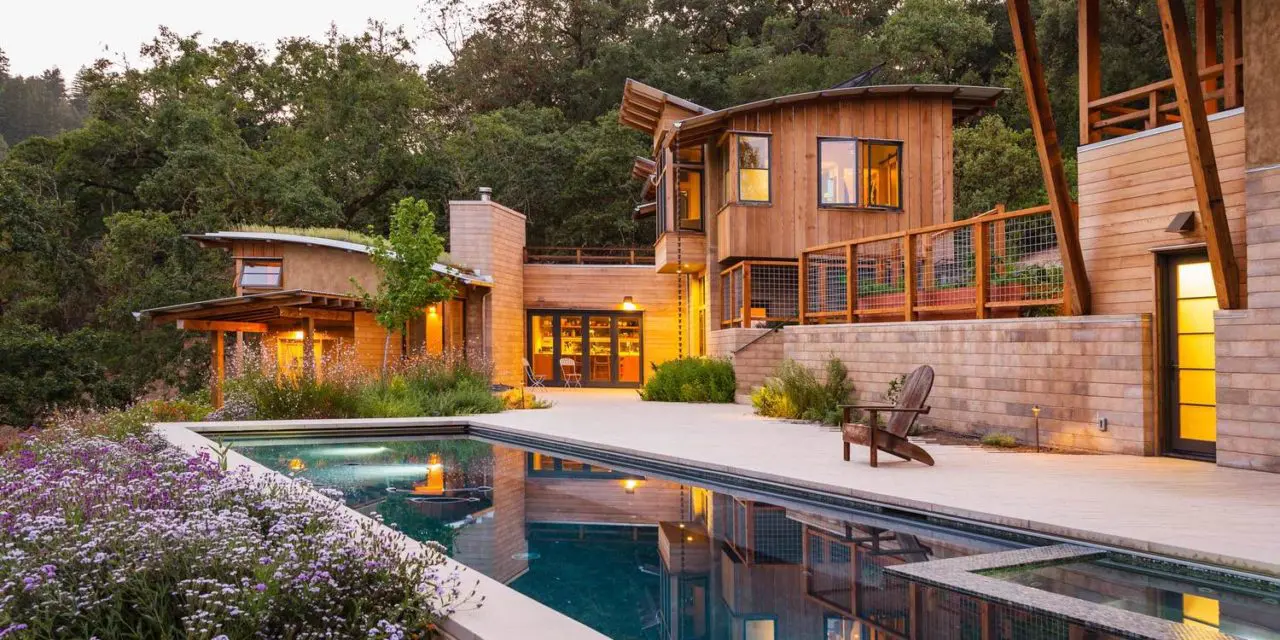
Straw-bale and Watershed Block home, Photo by Edward Caldwell, Courtesy of Arkin Tilt Architects.
Want to hear some good news?!
Building Green is officially a “global trend” and energy conservation is a top priority for people all over the planet. In the U.S., the shift is being driven by consumer demands, followed by environmental regulations, and healthier buildings. Even better – the trend is expected to grow significantly in the coming years. In fact, the percentage of firms expecting to have more than 60% of their projects certified green has grown from 16% in 2016 to 32% in 2018. Building pros report that they expect that percentage to grow to 45% by 2021. With more people building green, more people are also developing innovative, new, green materials to take advantage of this growing marketplace opportunity.
SUSTAINABLE BUILDING MATERIALS FOR HOME CONSTRUCTION
True confession time – try as we might to only have 10 product features, we couldn’t do it. There were just too many worthy materials to highlight. So bear with us and you will find a few surprises. Here are some of the most incredible eco building materials that are revolutionizing the homebuilding industry.
A RENAISSANCE OF NATURAL MATERIALS
Fine homes have always made use of natural materials. But these days you can find many products and techniques incorporating tried and true materials in surprising ways. Many of these techniques were used historically and are making a come back.
Rammed Earth Interior Walls
Photo by Taj Easton. Courtesy of Rammed Earth Works
RAMMED EARTH
Earth construction is one of the oldest durable techniques for building structures. Think Great Wall of China! These days, it can be seen in luxury homes creating dramatic and durable walls which resemble sedimentary rock.
Rammed earth walls (or even floors) can be used as thermal storage, allowing the sun to warm them in the day and then slowly release the warmth in the cool evenings.
This low-carbon technique uses forms in which soil and binder is placed in layers and then pressure is applied to create a hard and durable surface. And now, Watershed Materials have put this technique into their Watershed Block, which is a replacement for conventional concrete masonry. These blocks use waste materials from quarries to create a low or even zero cement blocks which can be installed by any mason.
STRAW BALE
Everything old is new again! The pioneers used straw bale construction for their homes in the Great Plains. Now this technique has been updated for the 21st century.
Straw bales are made from the waste of the agricultural industry. It is a substitute for lumber and still sequesters carbon. Just be aware that the walls will be thicker than a conventional stick frame home. These thick well insulated walls offer a very high R Value. Contrary to what you might believe, straw bale homes are resistant to fire and can match your favorite aesthetic.
David Arkin, director of the nonprofit California Straw Building Association (CASBA), sums it up “People will be impressed with how comfortable these homes are. The buildings keep warmer in winter and cooler in summer.”
Straw-bale and Watershed Block home, Photo by Edward Caldwell, Courtesy of Arkin Tilt Architects.
BAMBOO
Bamboo just might be the perfect sustainable alternative to wood. Although it resembles wood aesthetically, bamboo is actually a member of the grass family — meaning bamboo regenerates extremely quickly as compared to trees. In fact, bamboo is one of the fastest-growing plants on the planet — depending on the type of bamboo and the region, sometimes up to 3 feet per day!

It’s not just the speedy growth rate that makes bamboo sustainable. For construction purposes, bamboo can be harvested up to every 3 years; in contrast, trees can only be harvested every 25-50 years (depending on the tree species). The rise in popularity of bamboo has helped allow forests to regenerate, and will continue to do so.
Bamboo is a sustainable alternative in many different applications, such as tiles, trim & flooring, lumber, countertops, decking.
WOOL INSULATION
There are a number of different companies now offering sheep wool insulation. At Black Mountain USA, insulation can be purchased in rolls and batts, much like fiberglass insulation. Yet wool has a 10% greater insulating factor and is able to absorb, retain and release moisture and still keep its thermal properties. You will be warmer in winter and cooler in summer.
Caragreen explains how wool can improve your indoor air quality by pulling harmful chemicals such as formaldehyde, nitrogen oxide, and sulfur dioxide out of the air. They carry Havelock Wool insulation in batt and also loose fill. Wool is also naturally flame resistant, sound deadening, non-toxic, and biodegradable at end of life.
The manufacturing process for wool insulation, is sustainable in production, safer in installation (no “space suits” needed), superior in its useful life. And when it reaches end of life, wool insulation is compostable.
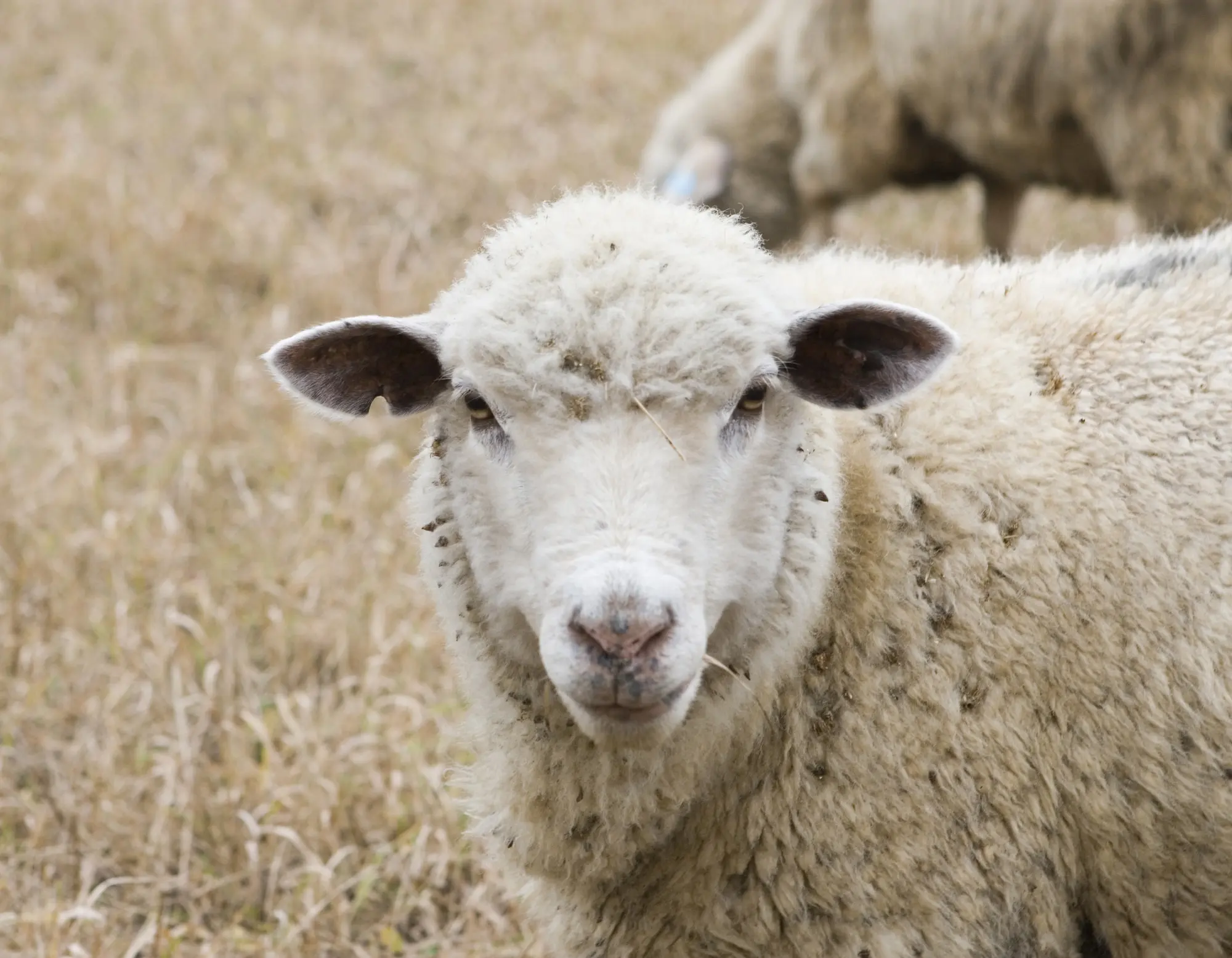
SOLAR IS GORGEOUS GREEN
TESLA SOLAR TILES
RENEWABLE CLEAN ENERGY WITH CURB APPEAL
Gone are the days of bolting dinner-table-sized panels to your roof in order to experience the benefits of solar energy. Solar roof shingles are small, custom shingles designed to blend in almost seamlessly with traditional roof tiles. Not only are these shingles aesthetically appealing, but they function both as solar panels and as durable roof tiles — so your roof will still be protected from the elements as it absorbs sunlight for energy use.
You may have heard of Tesla Solar Tiles, although these are not the only options in the market. As you can see from the photo below, they certainly make for an attractive roof, and especially when paired with a battery, such as the Tesla Powerwall, providing your energy needs.

SOLAR SHINGLE BENEFITS
- Relatively easy installation – These shingles are easier to install than traditional solar panels. The shingles are installed over new or existing roof sheathing, and an electrician or roofer wires the units together and into the home’s electrical system.
- Tax-subsidized – 350 solar singles, the average amount for residential applications, could decrease the home’s electricity bill by 40-60 percent. In addition, federal, state, and local incentives can cut installation costs in half in some areas. 27 states and many cities offer more incentives that can further lower solar installation costs. Check out the Database of State Incentives for Renewables and Efficiency (DSIRE), a free online resource funded by the U.S. Department of Energy, for more information and area-specific incentives.
- Perfect for roofs already under maintenance – Eco-conscious homeowners that plan to re-shingle their roofs anyway are likely to find solar shingles especially appealing. Not only do solar shingles provide a source of renewable energy and energy bill cost cuts, but they also provide weatherproof protection for the roof.
- Potentially profitable – Since you don’t need to pay for both a roof and solar panels. Pricing should come in comparable to other high-end roofing solutions. With solar shingles, going solar doesn’t have to mean cutting ties to your local electricity supply grid. Most solar shingle systems are connected to existing power supplies, which kick back into action after sundown and on particularly cloudy days. And, if your solar shingle system generates more power than is needed for the home (particularly common in sunny states), nearly 40 states will allow you to sell the unused power back to the power supply for credit.
PREFAB TECHNIQUES GO MAINSTREAM
STRUCTURAL INSULATION PANELS (SIPS)
Structural insulated panels (SIPs) are one of the most airtight, well-insulated building systems on the market today. Because of the tight seal, SIPs are great for eco-friendly building. An airtight home requires less energy for heating and cooling and allows for better control over air quality. Some SIPs are FSC-Certified, ensuring that the wood used for the panels comes from sustainably-managed forests. There are many advantages to building your home with SIPs. Here are a few.
SIPS SAVE ENERGY
Up to 40% of a home’s heat loss is due to air leakage. SIPs solve this problem by creating a superior building envelope with minimal air exchange and high thermal resistance.
SIPS SAVE RESOURCES
Foam and oriented strand board (OSB), the two main components of SIPs, require less energy and raw materials to produce than other building structures. SIPs have the power to reduce the waste generated during home construction to ensure the most efficient use of material.
SIPS IMPROVE AIR QUALITY
A home built with SIPs provides better control over indoor air quality, since the airtight building envelope minimizes or eliminates incoming unfiltered air. As for the fresh air that does enter the home — controlled ventilation filters out contaminants, toxins, and allergens while dehumidifying the air to reduce mold growth potential. In addition, SIPs do not contain VOCs or other harmful chemicals, another potential air quality risk of non-SIP builds.
SIPS SAVE TIME
With each wall coming as a complete unit, there is no need for time consuming stick framing, insulation, etc. A complete house envelope can be built in a matter of days instead of weeks.
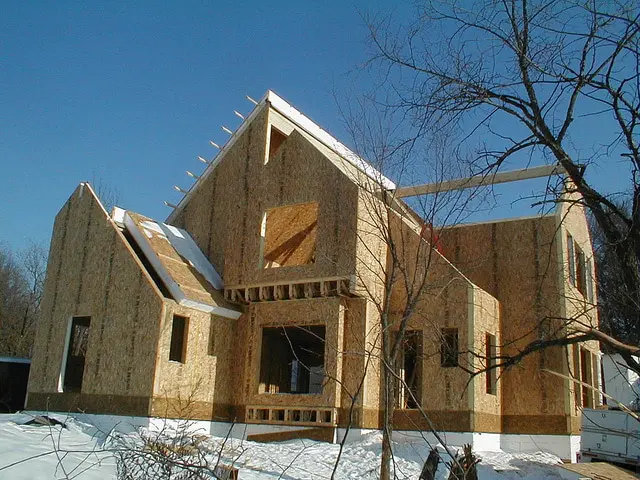
Image courtesy of Extreme Panel Technologies.
GROW YOUR MATERIALS
BIOCOMPOSITES
There was a time when it was hard to imagine new buildings utilizing weeds, mutant fruits, or invasive alien plant species as building materials. But the use of these materials, generally known as “bioplastics” or “biocomposites,” is on the rise. Bioplastics are products that are derived from plant, animal, fungal, and bacterial sources — and some of these materials can now be used for construction applications. Development of new technologies means these biocomposites are becoming easier and easier to produce, and at a higher quality. When it comes to sustainable building, plant-based building materials are an incredibly exciting prospect!
MUSHROOM INSULATION AND PARTICLE BOARD REPLACEMENT
Yes, you read that correctly – Mushroom-based building materials have arrived! Mushroom roots, or mycelium, can be used to make building materials that are stronger than concrete, more insulated than fiberglass, and completely compostable. Who would have guessed? Plus, mycelium grows without light underground, meaning no external energy source is needed for growth.
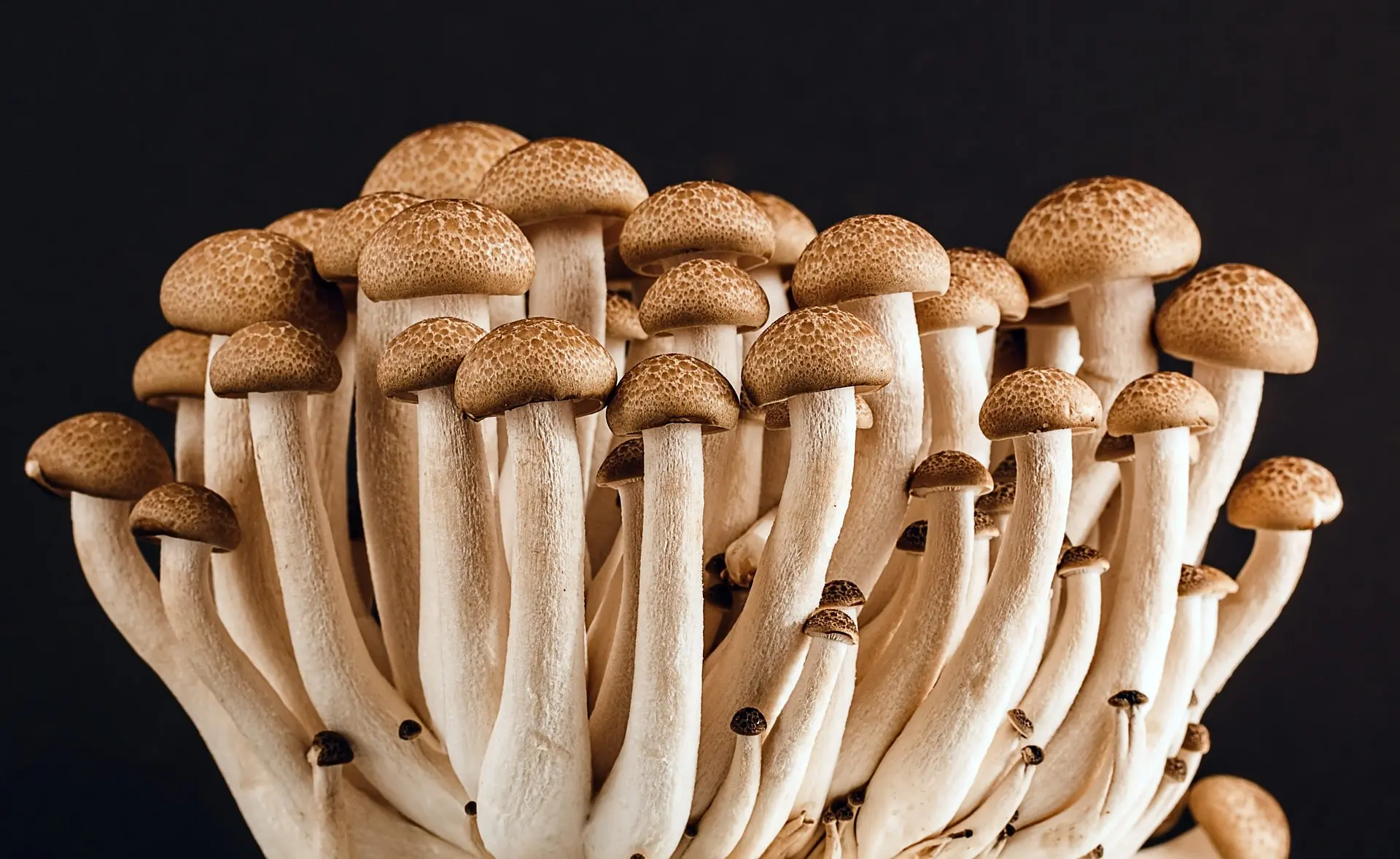
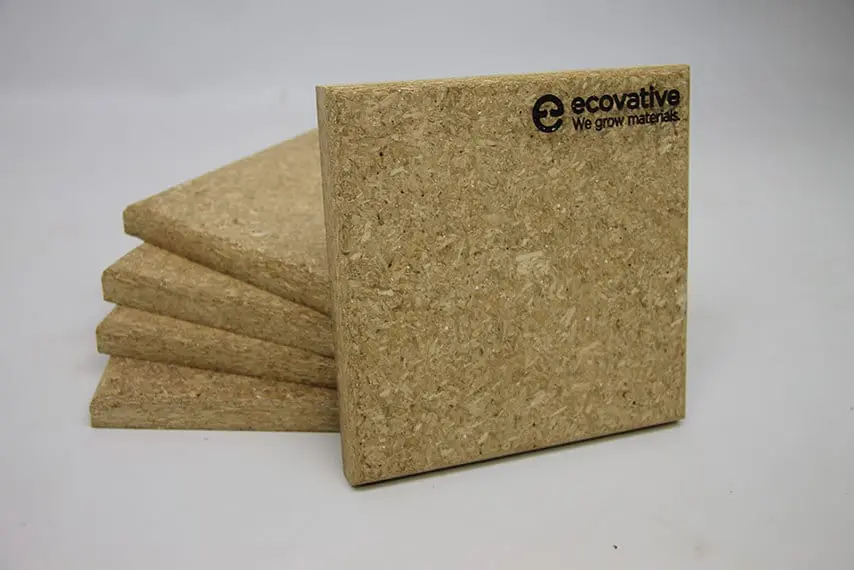
Image courtesy of EcovativeDesign.com.
Ecovative, one of the first companies in the world founded with the purpose of growing mycelium for building applications, has a few products already in the works. One of the most notable: an eco-friendly insulation material, injected between an interior and exterior wall. Get this – the material silently grows and becomes so strong, the walls need no other supporting structure! What’s more, the insulation factor is better than that of fiberglass.
Another incredible product is called Myco Board, which looks and behaves like particle board but contains no wood. Not only are these boards cheaper, stronger, and lighter than traditional particleboard, they’re also completely compostable – and they can be modified to repel invasive pests and molds. But perhaps the most impressive feature of Myco Boards is that they contain no harmful chemicals. Formaldehyde is all-too-common in pressed wood products — but Ecovative’s mushroom-based panels are completely free of toxins.
WOOD AS YOU’VE NEVER SEEN IT BEFORE
Wait! Wood isn’t a new material. It’s true that wood is an old standard, but it is appearing in building materials in innovative new ways. There are new ways to make use of scrap material or process the wood for longevity and strength.
The wood itself is sequestering carbon in your building, and when coupled with sustainable forestry practices can be a great choice for the planet.
BARK SIDING: DURABLE, NATURAL BEAUTIFUL
Sustainable forestry practices are reaching new heights by making use of tree bark as a building material. You may not have heard of bark siding or bark shingles, but bark is actually a highly durable, attractive, economical, and sustainable option for siding and shingling. Bark used for building comes from trees that are already cut. You see, traditionally the bark is discarded as debris, burned, or in some cases used to make mulch. Using bark as a building material rescues it from this fate and provides a highly sustainable alternative to traditional siding and shingling materials.
Bark siding can last 75 to 100 years without any painting, sealant, or regular maintenance. (Unbelievable, right?) The absence of paint or stain means there’s never any chemical runoff. After it’s removed from the already-felled trees, bark is kiln-dried to sterilize against fungus and pests; this sterilization process involves no pesticides or other harmful chemicals. In addition, bark that is kiln-dried will never warp or shrink upon installation.
Image courtesy of Bark House
Image courtesy of Accoya
ACETYLATED WOOD PRODUCTS
Accoya offers an eco-friendly alternative to the use of toxic pressure-treated wood. Wood is modified via acetylation to create a product resistant to rot, improved in thermal insulation with better dimensional stability, and a longer lifespan.
And yet the product is gorgeous and certified non-toxic.
MASS TIMBER
Cross-laminated-timber (CLT) and Glue-laminated timber (glulam) are increasing being used in place of steel or concrete. With CLT, many smaller pieces of wood are glued together in layers which are perpendicular to each other. Glulam positions the grain parallel with length. These mass timber techniques (and others) result in a wood-based material with many compelling attributes.
SUSTAINABLE
Steel and concrete manufacturing are both high in carbon dioxide emissions. By comparison, sustainably sourced timber is low net carbon. Also, cross-laminated-timber makes use of smaller pieces of wood which allows for efficient usage of timber.
STRONG
Mass timber has very high strength to weight ratio. This allows mass timber to perform well in seismic activity. There are even skyscrapers being built with mass timber.
FIRE RESISTANT
When exposed to fire, the char on the outside of mass timber forms an insulating layer which protects the interior wood from damage. This allows it to retain support even in a fire.
COST EFFECTIVE
Mass timber buildings are faster to construct than concrete buildings due to prefabrication of the elements offsite.
Image courtesy of Think Wood
YOUR HOME CLEANS ITS OWN AIR
AIR-PURIFYING WALL COVERINGS
You’re probably well aware that air filters and specific plants can help improve the quality of your home’s air, but did you know how you dress your walls can have a very important impact, too? In addition to helping clear the air of contaminants, these products also help reduce your energy use since you likely won’t need to run an electric air-filtering device. Eager to learn how these products work? Here are just a few examples.
AIRRENEW DRYWALL BY CERTAINTEED
Almost all homes in the U.S. use drywall. But now, with AirRenew Essential and AirRenew M2TECH by CertainTeed, formaldehyde can pass through your paint and be converted into an inert compound by the drywall itself. The product is suitable for new construction, and for renovations, and has no reportable VOC’s itself while also neutralizing formaldehyde for better indoor air quality.
ATMOSPHERE PURIFYING PAINT BY ECOS
ECOS Paints are not only no-VOC paints, free of that “new paint” odor (polyurethane) that can cause headaches, nausea, and respiratory issues, their Atmosphere Purifying Paint has advanced VOC-filtering technology which absorbs and neutralizes chemicals, pollutants, solvents, and VOCs for improved indoor air quality. How does it work? This amazing paint contains a molecular sieve, designed to adsorb a targeted range of volatile organic compounds (VOCs) from the atmosphere. The sieve (a non-toxic, crystalline tube) is sized to allow small molecules such as nitrogen, or oxygen to pass unimpeded, while larger molecules (organic compounds) become trapped.
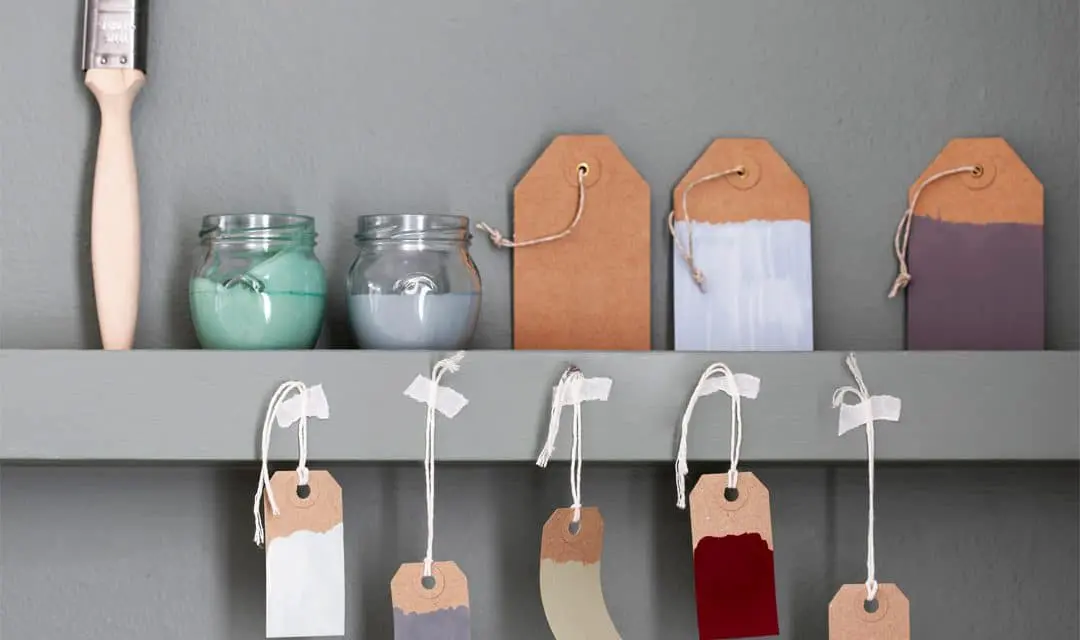

SHIRASU KABE BY HABITUS
Shirasu Kabe is a unique plaster wall finish produced from volcanic soil in Japan, with special properties found in no other similar material. It’s proven to purify the air in the room where it is applied, due to the all natural organic ceramic magma it contains. It also controls humidity; extracting indoor humidity when levels are high and releasing the same when the air is dry and humidity is low. How cool is that?
NOVELIO CLEANAIR BY ROOS INTERNATIONAL
Roos International’s Novelio CleanAir paintable wallcovering absorbs and permanently captures aldehydes and other toxins commonly present in indoor air. Exposure in a ventilated space shows that the aldehyde content in the air drops in less than 72 hours when Novelio CleanAir is used. This revolutionary wallcovering absorbs 70% of aldehydes over time, purifying any room in any home. How does it work? CleanAir wall covering is coated with a patented, special formulation that acts as a scavenger and traps formaldehyde. CleanAir works even after several layers of paint since paint is porous and lets the formaldehyde penetrate. Once captured, they claim the formaldehyde is no longer harmful to health and that the wall covering doesn’t pose a health risk.
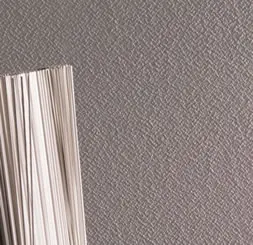
GROW YOUR ROOF
LIVING ROOFS
Living roofs, or green roofs, are defined by the General Services Administration (GSA) as vegetated roofs consisting of “a waterproofing membrane, growing medium (soil) and vegetation (plants) overlying a traditional roof.” It’s a bit of a stiff definition, but these are anything but boring.
Whether you hire a pro like LiveRoof or go for DIY, they’re beautiful! The image below shows the green roof on The Goodson House (a living green demonstration building).
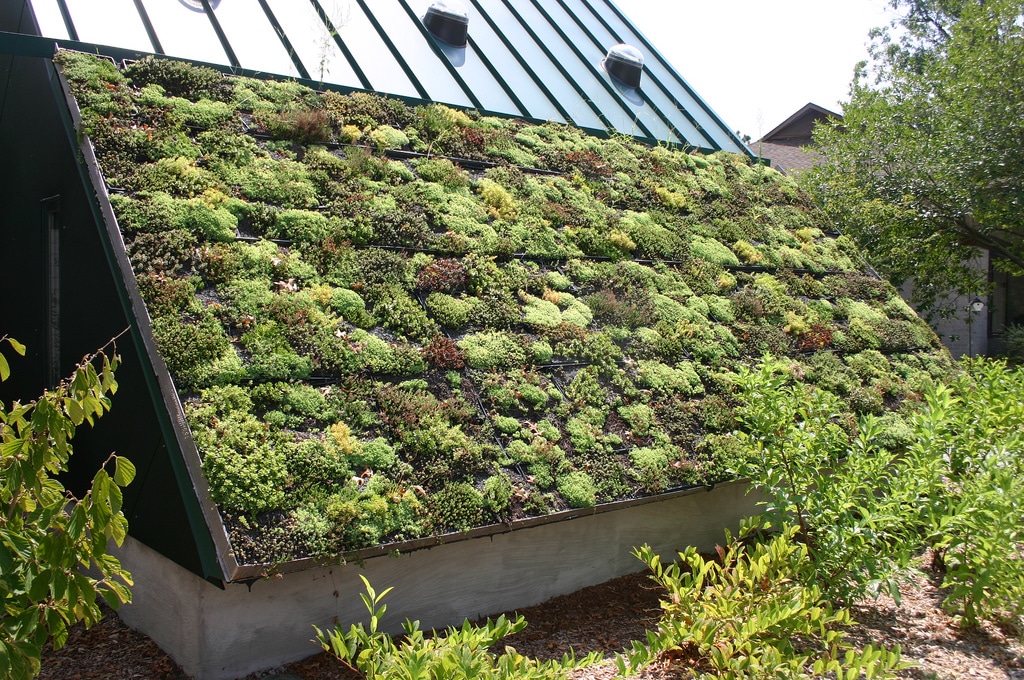
“Green Roof”, Photo courtesy Ryan Somma, Licensed under CC BY-SA 2.0.
BENEFITS OF GREEN LIVING ROOFS
DURABILITY – Properly installed green roofs more than double the number of years typically needed before a roof must be replaced when compared to traditionally-installed roofs. A conservative analysis by the GSA puts the average life expectancy of a living roof at about 40 years, as compared to an average expectancy of 17 for a conventional roof.
ENERGY EFFICIENCY – A study published by the National Research Council of Canada showed that in the summer months, a green roof will reduce cool air loss by 70-90%, greatly reducing the demand for air conditioning. The GSA found similar efficiency figures, stating that green roofs can act as an insulating layer and reduce heat flux (transfer of heat through a building’s roof) by up to 72%. Using the Green Roof Energy Calculator, co-developed by GRHC with the University of Toronto and Portland State University with funding from the US Green Building Council, you can compare the yearly energy performance of your home as is to your home’s potential performance with a green roof installation.
IMPROVED AIR QUALITY – The plants living on green roofs, especially leafy plants and flowers, can capture air pollution and filter toxic gases from the air. The energy efficiency factor of green roofs also reduces demand for power, thereby decreasing the amount of CO2 being released into the atmosphere.
NOISE REDUCTION – Peck & Associates analysis of green roof benefits showed that green living roofs have superb noise insulation, especially for low frequencies. Green roofs can reduce outside sound penetration by 40-60 decibels.
INCREASED HOME VALUE – Increased efficiency means an increase in property value. In addition, green roofs are a marker of the popular green building movement. For this reason, a living roof can help with home sales, lease-outs, and lower tenant turnover.
WATER RETENTION – On a green roof, rainwater is retained in order to sustain the plants rather than flowing to storm sewers. Living roofs can retain 70-90% of precipitation in the summer and 24-40% in the winter.
LEED – According to Green Roof Technology, installing a green roof can add as much as 15 LEED credits to your home, adding resale value in the future.
CURB APPEAL – A green roof means added biodiversity, aesthetic appeal, and more green space for relaxing, stress relief, and even gardening (if your roof slant allows it).
CHOOSE WHEN TO SEE AND BE SEEN
SMART GLASS
In the winter months, bright sunlight streaming through the windows can be the best thing in the world. But in the summer, that same sunlight streaming in can be invasive, harsh, and uncomfortable — not to mention the increase in electricity bills from a heavy dependence on air conditioning.
Smart Glass windows offer a solution to this problem. Smart glass (or smart windows) refers to glass or glazing whose light transmission properties change depending on how light or heat is applied. In general, the glass becomes translucent in the summer months to block certain wavelengths of the sun, and transparent in the winter to let in the warming rays. This translates to yearly cost savings in terms of both heating and cooling, as well as avoiding the cost and hassle of installing light screens or blinds. Smart glass can even reduce fabric fading, as it blocks up to 99% of harmful UV light.
RAVENWINDOW
Smart Glass transitioning technology is at the heart of RavenWindow smart windows. The RavenWindow thermochromic filter is applied to the inside surface of the exterior glass pane of a double pane window. An air chamber separates the filter from both the interior glass pane and the standard Low-E coating. It’s an unbeatable combination to keep buildings energy efficient year round.
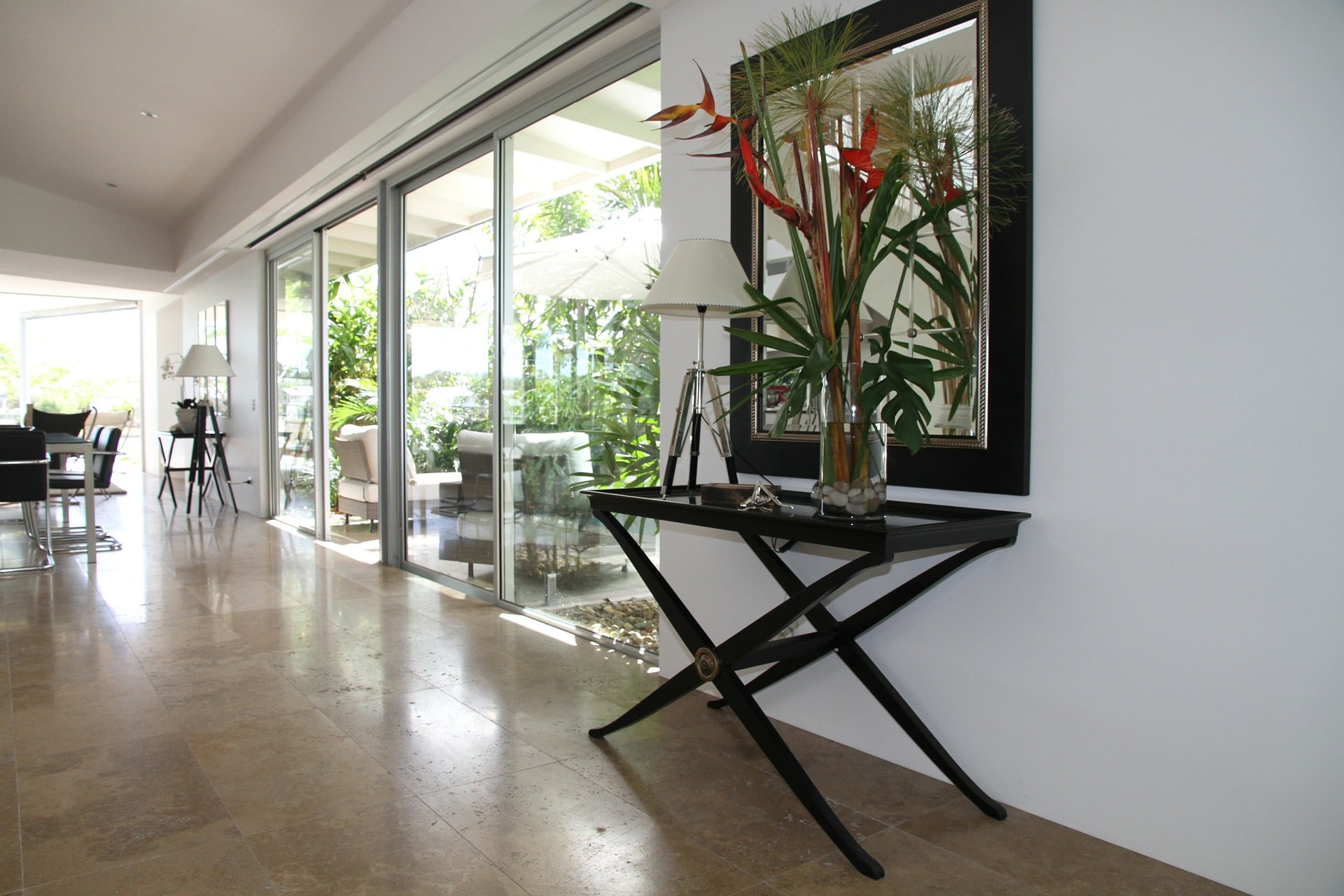
HALIO
Enjoy the view, but not the glare, or the heat. Now you can dispense with blinds and shades and still control how much light enters your home. This could save you up to 20% on your energy bills.
Halio begins to tint in just 15 seconds and reaches maximum tint within 3 minutes with uniform tinting. And you can choose almost unlimited tint level options as well as control of individual panels of glass.
They offer two products, Halio and Halio Black. Halio Black can block up to 99.9% of visible light for enhanced privacy and light reduction. Halio passes more light in the “clear” setting and is ideal when you want to maximize natural light coming in to a space.
UPCYCLE AT END OF LIFE
SHIPPING CONTAINERS
Shipping containers are a great example of some truly high-quality waste in our society. There are millions of containers around the world, and they’re typically only used for shipping for about 20 years; at that point they’re often retired and disposed of, even though they’re still in great condition. Not only are the containers plentiful — they’re inherently durable, relatively inexpensive, and eco-friendly (since they’re reclaimed material). It comes as no surprise that these highly durable containers are making their way into the green building scene. Containers have been used to build houses, stores, artist studios, emergency shelters, school, hotels, labs, apartment buildings, and just about anything else you can imagine.
Shipping containers made of aluminum or steel are inexpensive, and stronger than average, building blocks — like giant, super-strength Legos. They can be modified and re-arranged to accommodate endless design possibilities. Due to their durability and resistance to natural forces, containers are naturally suited for post-disaster housing and community centers. But the design versatility and sustainable nature of containers have captured the imagination of architects, designers, and homeowners worldwide.

Image courtesy rolo dsgn CC BY-SA 2.0
THE FUTURE OF SUSTAINABLE BUILDING MATERIALS
Clearly, there are eco friendly building materials becoming available at an amazing rate. Here at Elemental Green, we look forward to keeping you informed on all of the latest sustainable building products. With the increasing availability and affordability of these sustainable building materials, we do know is this: the future looks green!
